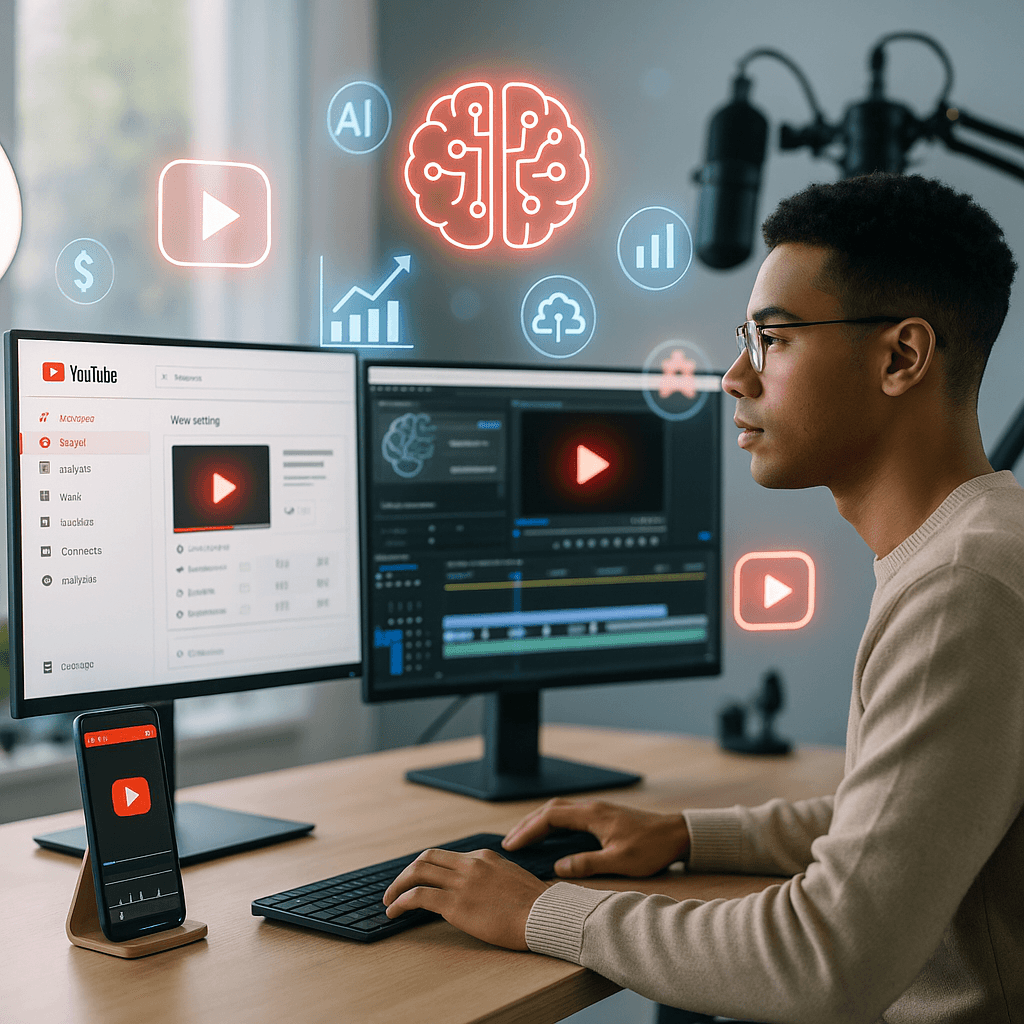YouTube just dropped a massive creator toolkit at its annual Made on YouTube event, rolling out AI-powered video generation, face detection tech, and new monetization streams that could reshape how millions of creators build their businesses. The updates span everything from automated podcast clips to brand deal swapping, signaling the platform's aggressive push to keep creators locked into its ecosystem as competition from TikTok and emerging platforms intensifies.
YouTube CEO Neal Mohan took the stage at Made on YouTube this week with a clear message: the platform isn't just keeping pace with the AI revolution, it's trying to lead it. The company unveiled a sweeping set of updates that touch every corner of the creator economy, from AI-generated video content to sophisticated brand partnership tools that could fundamentally change how creators make money.
The headline grabber is Veo 3 Fast, a custom version of Google's cutting-edge text-to-video AI model, now integrated directly into Shorts. Creators can apply motion from existing videos to still images, inject objects with simple text prompts, and transform dialogue into custom soundtracks using Google's Lyria 2 music model. It's the kind of functionality that would have required expensive software and technical expertise just months ago, now available with a few taps.
But perhaps the most telling announcement is the expansion of YouTube's 'likeness detection' feature into open beta. Originally tested with select creators last year, the tool now helps anyone identify and flag unauthorized videos using their facial likeness. According to internal documents cited by TechCrunch, this represents YouTube's most aggressive move yet against deepfakes and unauthorized AI-generated content.
[Embedded image: YouTube CEO Neal Mohan presenting at Made on YouTube 2025]
The livestreaming updates might be even more significant for YouTube's competitive positioning. YouTube Live now supports dual-format broadcasting, letting creators stream simultaneously in horizontal and vertical formats - a direct response to the multi-platform reality most creators face. AI-powered highlights automatically convert the best livestream moments into shareable Shorts, while a new 'side-by-side' ad format runs adjacent to content rather than interrupting streams.
'We're seeing creators increasingly frustrated with having to choose between optimizing for different platforms,' one YouTube executive told the Made on YouTube audience. The dual-format solution acknowledges what the industry already knows: creators can't afford to ignore vertical video, even on traditionally horizontal platforms.












